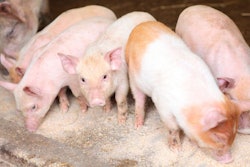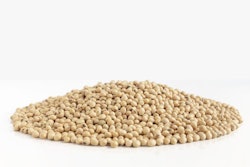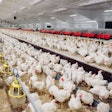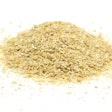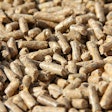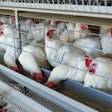
High costs of imported products can be partially offset by using local ingredients
I am always surprised when I formulate piglet feeds with professionals from Asia. Their education is based mostly on Western principles, and they tend to follow such notions almost religiously. This is done invariably at a high cost because they need to import large volumes of locally unavailable ingredients.
Such is the case with dairy products, and especially the issue of providing lactose in piglet feeds. Dairy products are rarely produced in far-east Asia, at least at a quality and price that can compare with imported high-end products needed for quality piglet feeds.
I was recently working with a Vietnamese colleague on this specific issue, and I was astonished that they do not use regionally produced brown sugar, but they import all kinds of dairy products. I will not exclude any and all dairy products, but ignoring a valuable source of simple sugars, such as table sugar, is a costly proposition. In fact, by adding sucrose and even molasses (both from cane raised in the wider region) can even further reduce feed cost by negating the use of some, but not all, artificial flavors and aromas, or even of other ingredients that enhance palatability.
There is a much more complex architectural design behind using sucrose, but I have been doing so since I was a master’s student at Kansas State University under Dr. Joe Hancock (in the end, it is Western technology, no?) and, I continue to do so with tremendous success where and when I can find these two exceptional products: sugar and molasses. The latter is a bit trickier to use, but it makes for less expensive and even more palatable feeds.
The same story can be repeated about broken rice versus other imported cereals, and so on. The literature and commercial experiences are there to justify using at least some locally produced ingredients before turning to imported ones – always assuming quality is assured both ways. But, sometimes you have to break the mold in order to make a new product and this is not always easily attempted without the support of a highly skilled team.



